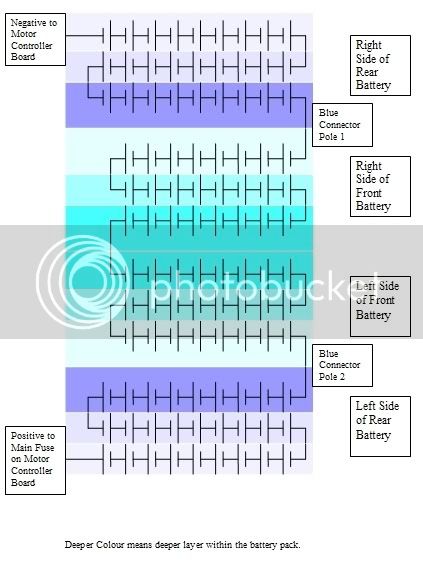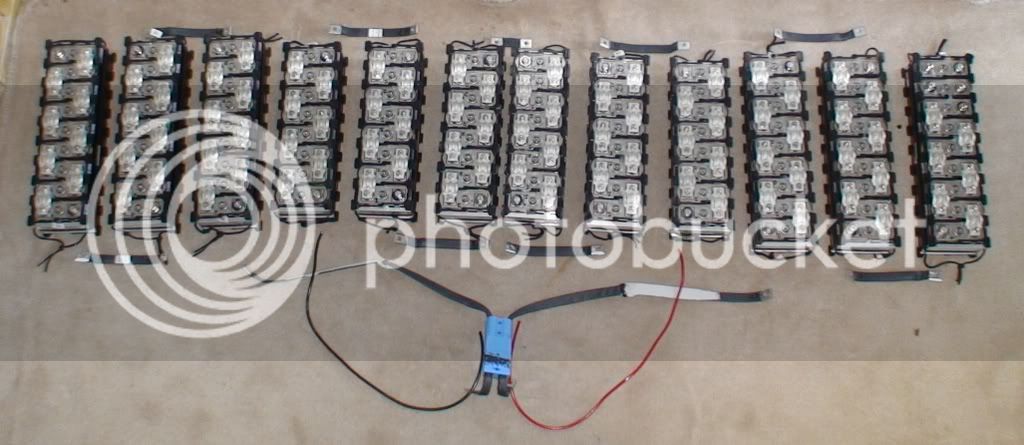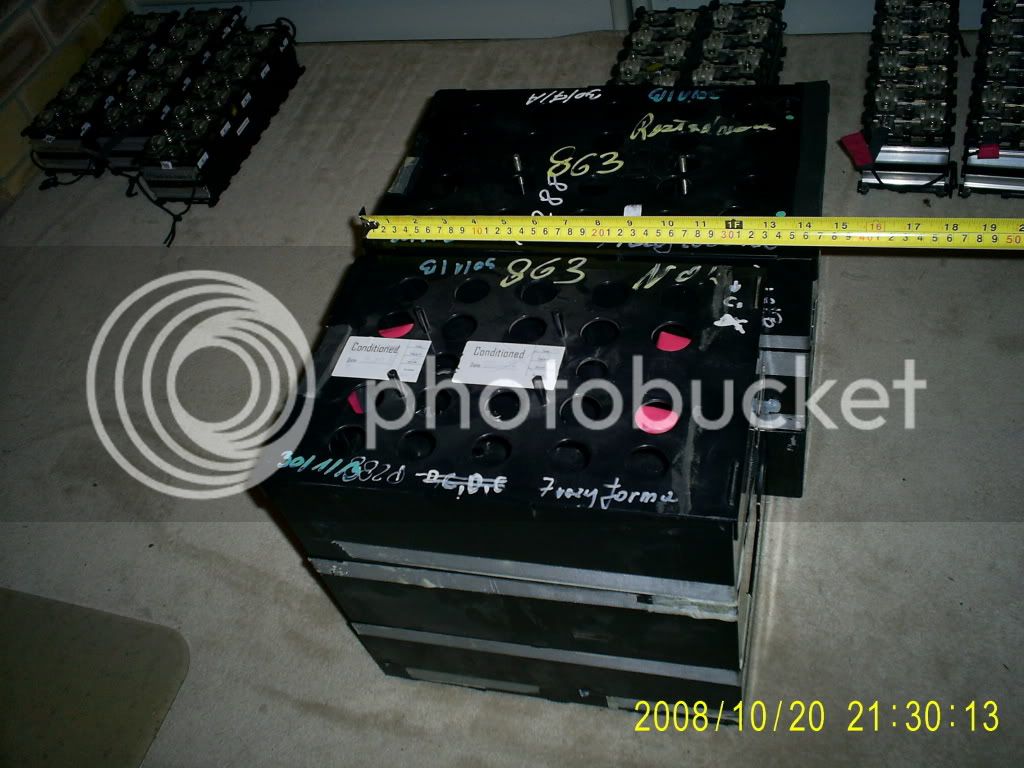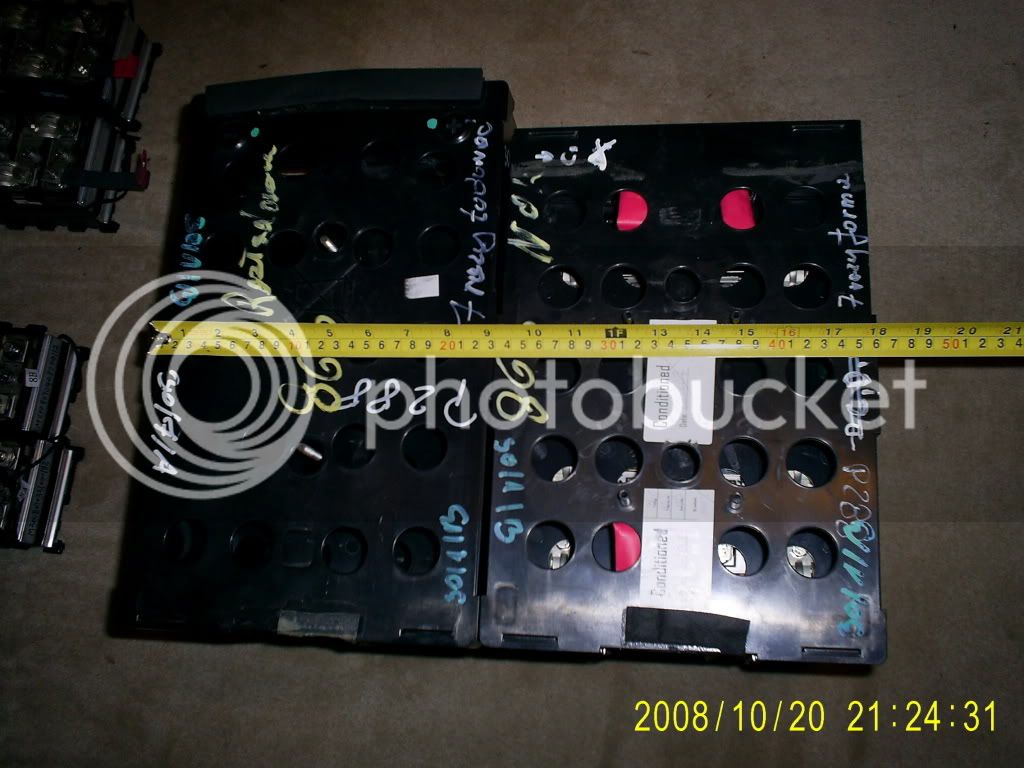See my post "5000 Mile EV Far Fetched...but not technically" on the potential of a 5000 mile EV with the battery researched at Stanford University but now funded by Saudi Arabia.
http://www.endless-sphere.com/forums/viewtopic.php?f=7&t=9224
It's a reasonable assumption that an EV with a lithium battery with 10x the energy of today's Lithium battery would cause gas engine vehicles to be obsolete.
Two reasons:
1) A large Stanford battery (physical size of the Tesla battery) would have a range as already discussed that would render a gas car obsolete, but the cost would still be high.
2) What if YOU DON'T WANT the extended range? What if your needs are met with a range of about 100 miles? THEN THE BATTERY WILL PHYSICALLY BE VERY SMALL...and inexpensive!!
Obviously, the Oil Interests would not want to see this emerge.
What else would happen?
-Gas stations: Out of business
-Gas Tax funded government income: Gone
-Jiffy Lubes: Out of business
-Most auto mechanics: Out of business
-Most service bays at all major car dealerships: Out of business
-Muffler shops: Out of business
-Transmission shops: Out of business
-Smog Check Centers (California): Out of business
-Brake service centers: Out of business (Regen EV braking=little brake system wear)
-Radiator shops: Out of business
-Countless auto parts subcontractor manufactureres that supply the above businesses: Out of business; No spark plugs. No water pumps. No belts. No hoses. No clutches. No brake rotors and pads. No antifreeze. No engine oil. No Timing belt. No.......
Sure, EVs will sometimes need repairs such as a an electric motor controller, Tire changes, Air conditioning compressors (unless TEC's are used), some suspension parts...but these types of events would be much more rare than the usual stuff that presently needs attention related to the gas engine and its upkeep. I don't think future EV repairs would keep many repair shops in business.
Battery replacements? Well, who knows: So far the NiMH batteries (now Chevron-owned and no longer sold) on the 2000-2003 Toyota Rav4 EV's are lasting the life of the vehicle.
Widespread adoption of EVs (and displacement of gas cars) will put a lot of people out of work. We are addicted to oil and all the support infrastructure related to the use of oil.
http://www.endless-sphere.com/forums/viewtopic.php?f=7&t=9224
It's a reasonable assumption that an EV with a lithium battery with 10x the energy of today's Lithium battery would cause gas engine vehicles to be obsolete.
Two reasons:
1) A large Stanford battery (physical size of the Tesla battery) would have a range as already discussed that would render a gas car obsolete, but the cost would still be high.
2) What if YOU DON'T WANT the extended range? What if your needs are met with a range of about 100 miles? THEN THE BATTERY WILL PHYSICALLY BE VERY SMALL...and inexpensive!!
Obviously, the Oil Interests would not want to see this emerge.
What else would happen?
-Gas stations: Out of business
-Gas Tax funded government income: Gone
-Jiffy Lubes: Out of business
-Most auto mechanics: Out of business
-Most service bays at all major car dealerships: Out of business
-Muffler shops: Out of business
-Transmission shops: Out of business
-Smog Check Centers (California): Out of business
-Brake service centers: Out of business (Regen EV braking=little brake system wear)
-Radiator shops: Out of business
-Countless auto parts subcontractor manufactureres that supply the above businesses: Out of business; No spark plugs. No water pumps. No belts. No hoses. No clutches. No brake rotors and pads. No antifreeze. No engine oil. No Timing belt. No.......
Sure, EVs will sometimes need repairs such as a an electric motor controller, Tire changes, Air conditioning compressors (unless TEC's are used), some suspension parts...but these types of events would be much more rare than the usual stuff that presently needs attention related to the gas engine and its upkeep. I don't think future EV repairs would keep many repair shops in business.
Battery replacements? Well, who knows: So far the NiMH batteries (now Chevron-owned and no longer sold) on the 2000-2003 Toyota Rav4 EV's are lasting the life of the vehicle.
Widespread adoption of EVs (and displacement of gas cars) will put a lot of people out of work. We are addicted to oil and all the support infrastructure related to the use of oil.






